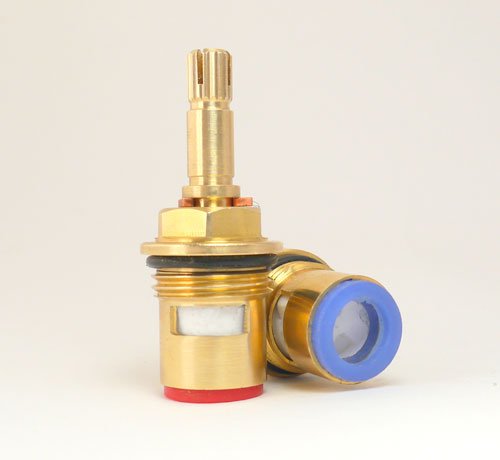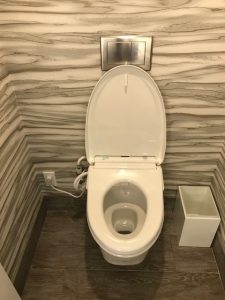A common myth amongst many home owners is that all taps are the same, they turn on and off and control the water flow. Technically yes, but the physical workings of a tap do vary. There are three main varieties on the plumbing market today and they all operate in a slightly different all achieving the same outcome just in a different way. With many years experience with plumbing and installing taps in Adelaide, we offer great advice on understanding taps.

Understanding Taps
It can be a trap for inexperienced home owners when purchasing a new set of taps and below we outline just what the three varieties are and how they all work:
- Jumper valve/tap washer: This would have to be the most common form of tapware on the market today in Adelaide and it would be an assumption to say that 75% of tapware installed uses this style. With this tap you can turn the handle a few twists anti clockwise to release the water and then a few clockwise twists to shut the water back off. What seals the water in its off position is a tap washer or known amongst plumbers as a jumper valve and there are many varieties of this on the market today. Majority of home owners will attempt a repair on this type of tapware themselves and providing the seat which the tap washer sits on is in good condition a repair can be achieved. Of course, we always recommend that any plumbing is performed by a licensed plumber.
- Ceramic disc/quarter turn: There is a growing trend in this style of tapware being introduce with a lot of people opting for the flick mixer style tapware and there also is the ease of use when it comes to operating this tapware. The tap handle requires a simple quarter turn on and then another quarter turn off, very easy. But like most things in life it comes at a price. These taps are more expensive (typically another third of the cost) to purchase and can be more expensive to fix later in life. One positive is that their life span tends to be far longer then that of a standard tap washer. You will also find when trying to replace this style of tapware it will certainly require the services of a plumber to avoid a plumbing emergency. We have seen many people go down to there local plumbing merchant such as Tradelink or Reece and purchase a new set of ceramic disc taps and attempt to install themselves, suddenly, they have a problem on their hands and most likely a house which no longer has water. These styles of taps require experience and knowledge to install and to ensure they work properly, not to be tackled by the weekend warrior or home handy man!
- Sensor/solenoid: Not so much installed in domestic properties perhaps 10% domestic and 90% commercial and industrial. These are operated by a sensor which can be installed inside of the tap/fixture itself or in the room nearby the fixture i.e: ceiling and activated when someone exits the room. The idea which manufacturers such as ZIP, Enware and ZURN have developed this style of tapware is firstly to ensure maximum water efficiency, secondly allowing good hygiene practices and last of all to ensure that fixtures are regularly flushed so that all debris are removed from the toilet/urinal which in turn assists with good hygiene practises and prevents blocked drains.
Fixing Dripping Taps
Sometimes fixing a dripping tap is not quite as easy as it seems. As you can see from the above information not all taps are the same and in turn there are some things which do require the help of a professional in life.





